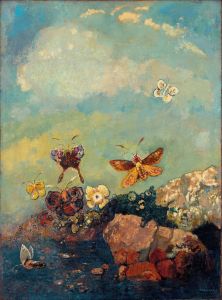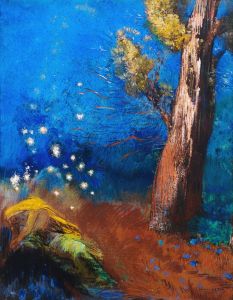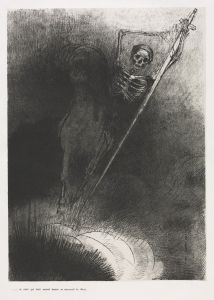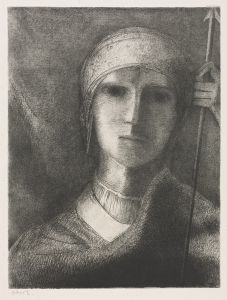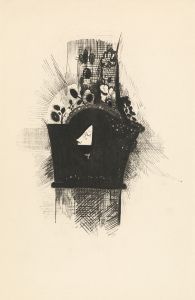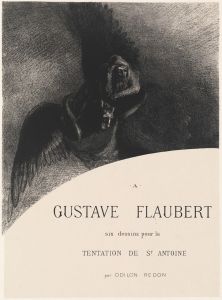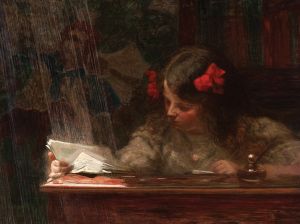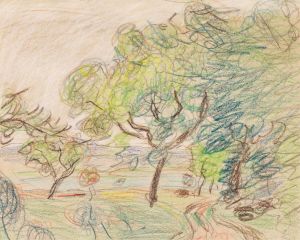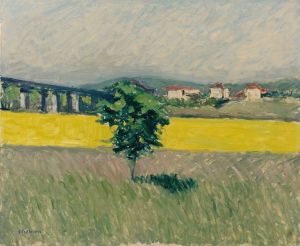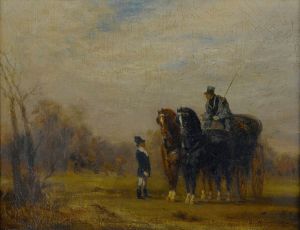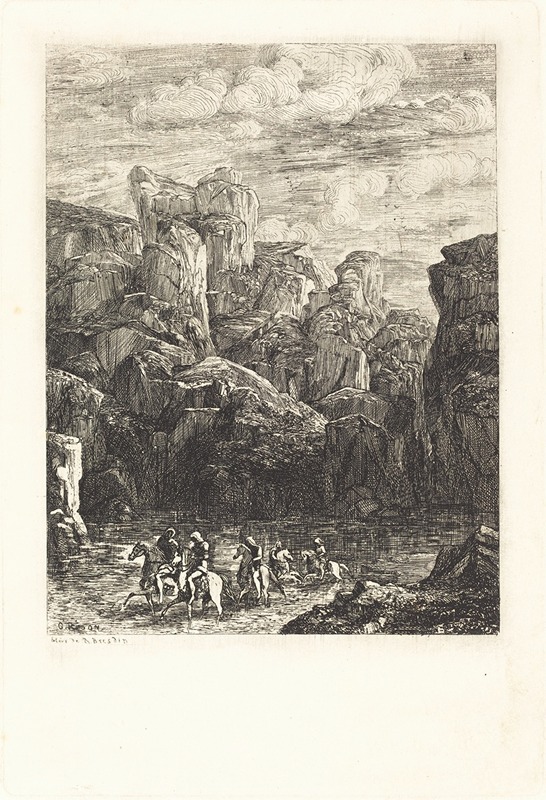
Le Gue
A hand-painted replica of Odilon Redon’s masterpiece Le Gue, meticulously crafted by professional artists to capture the true essence of the original. Each piece is created with museum-quality canvas and rare mineral pigments, carefully painted by experienced artists with delicate brushstrokes and rich, layered colors to perfectly recreate the texture of the original artwork. Unlike machine-printed reproductions, this hand-painted version brings the painting to life, infused with the artist’s emotions and skill in every stroke. Whether for personal collection or home decoration, it instantly elevates the artistic atmosphere of any space.
Odilon Redon, a French symbolist painter, created "Le Gue" (The Ford) in the late 19th century. Redon, born in 1840 in Bordeaux, France, is renowned for his visionary and often fantastical works that blend reality with dreamlike imagery. His art is characterized by a deep exploration of the subconscious, often featuring ethereal landscapes, mythical creatures, and symbolic elements.
"Le Gue" is a notable example of Redon's mature style, where he transitioned from his earlier monochromatic charcoal drawings, known as "noirs," to vibrant, color-rich pastels and oils. This painting exemplifies his fascination with the interplay between light and shadow, as well as his ability to evoke a sense of mystery and otherworldliness.
The painting depicts a serene, almost mystical landscape, with a ford—a shallow place in a river or stream where one can cross—serving as the central motif. The scene is bathed in soft, diffused light, creating a tranquil and contemplative atmosphere. Redon's use of color is particularly striking, with a palette that includes muted greens, blues, and earthy tones, which enhance the dreamlike quality of the work.
In "Le Gue," Redon employs his characteristic technique of blending and layering colors to create a sense of depth and texture. The composition is balanced and harmonious, with the ford leading the viewer's eye into the distance, inviting contemplation and introspection. The natural elements, such as trees and water, are rendered with a delicate touch, emphasizing the ethereal and almost spiritual quality of the scene.
Redon's work was heavily influenced by his interest in literature, philosophy, and spirituality. He was inspired by the writings of Edgar Allan Poe, Charles Baudelaire, and Stéphane Mallarmé, among others. These influences are evident in the symbolic and often enigmatic nature of his paintings, including "Le Gue." The ford in the painting can be interpreted as a metaphor for a journey or transition, a common theme in Redon's oeuvre.
Throughout his career, Redon sought to express the inner workings of the mind and the soul, often drawing on his own dreams and visions. His work is considered a precursor to the Surrealist movement, which emerged in the early 20th century. "Le Gue" exemplifies his ability to create a bridge between the real and the imaginary, inviting viewers to explore the depths of their own subconscious.
Odilon Redon's contributions to the art world were significant, and his work continues to be celebrated for its originality and emotional depth. "Le Gue" remains an important piece within his body of work, showcasing his unique vision and mastery of color and composition. Today, Redon's paintings can be found in major museums and collections around the world, where they continue to inspire and captivate audiences.





